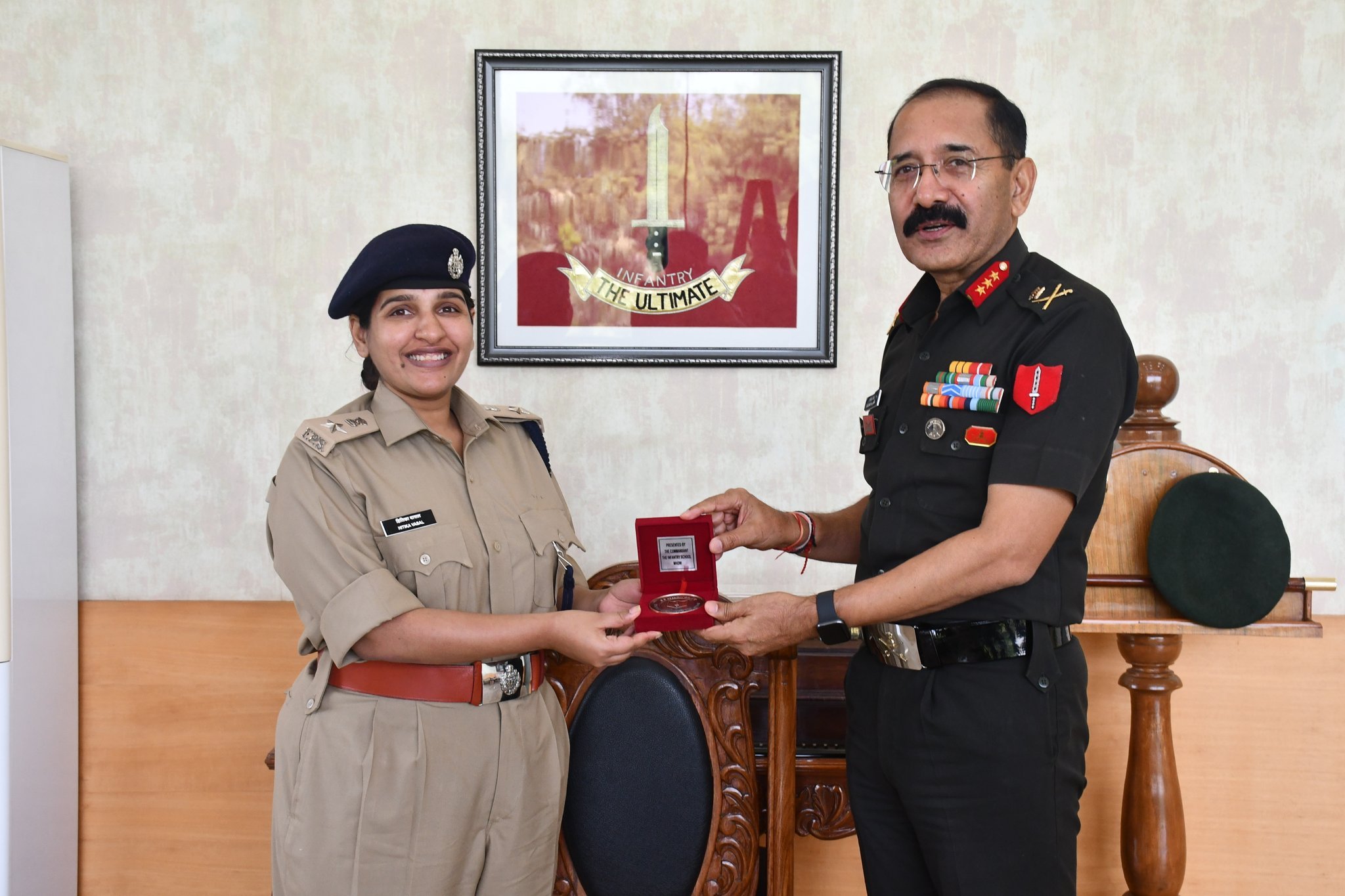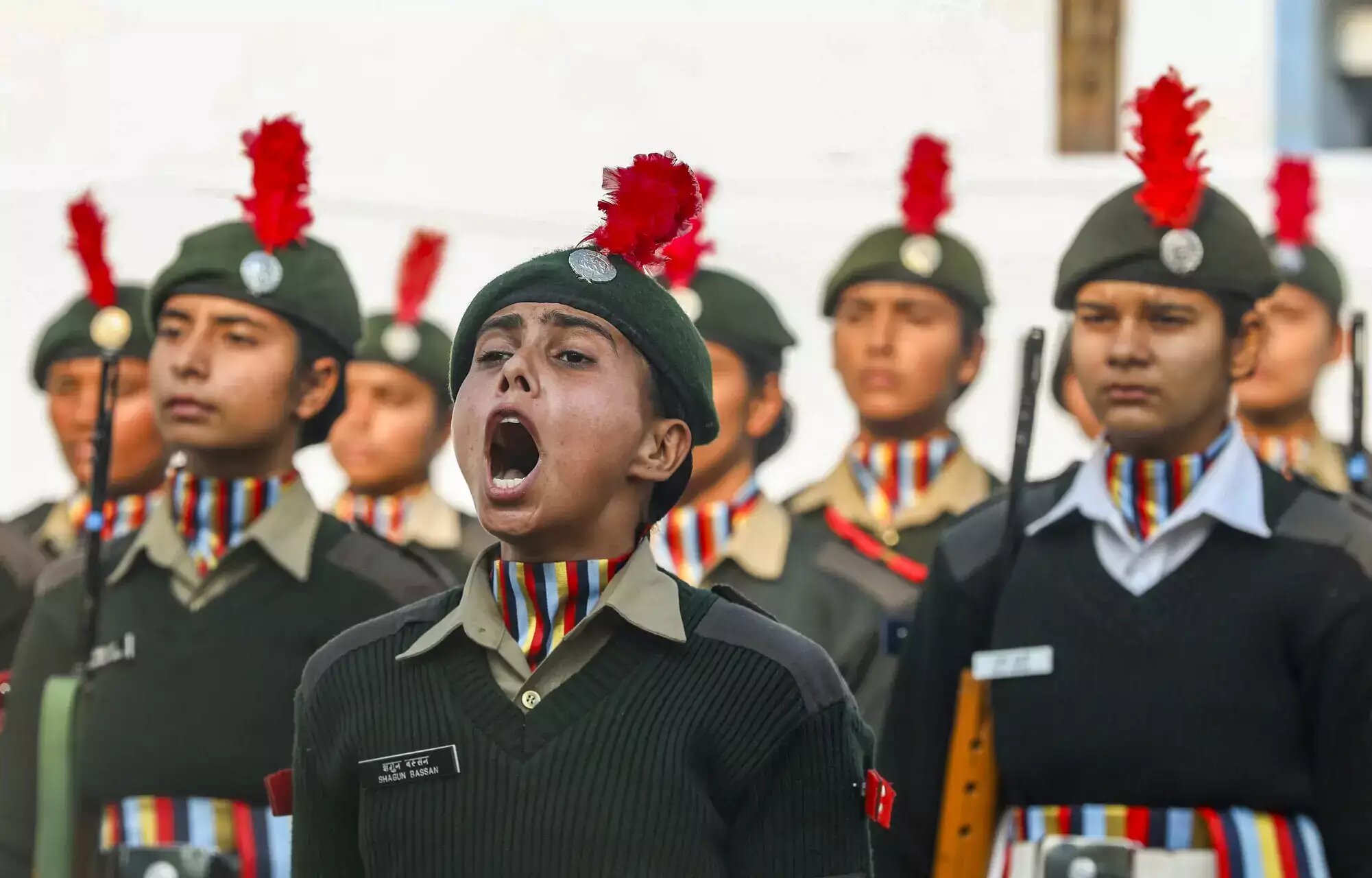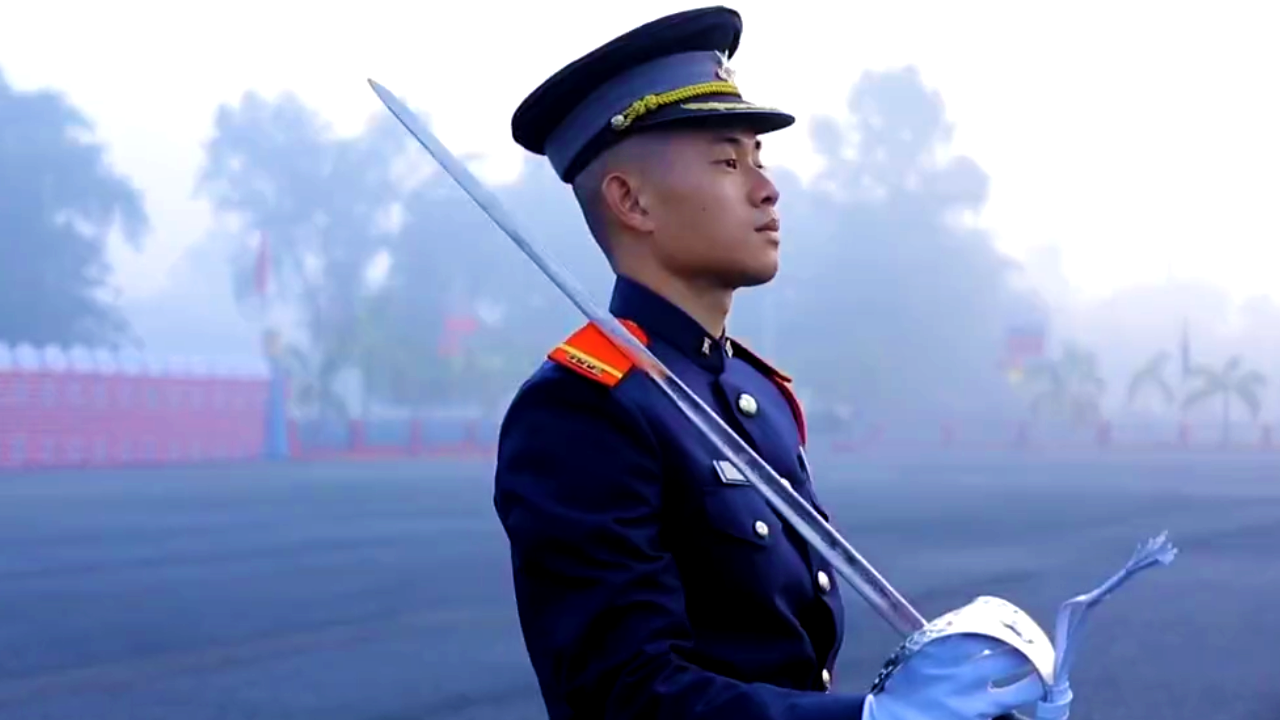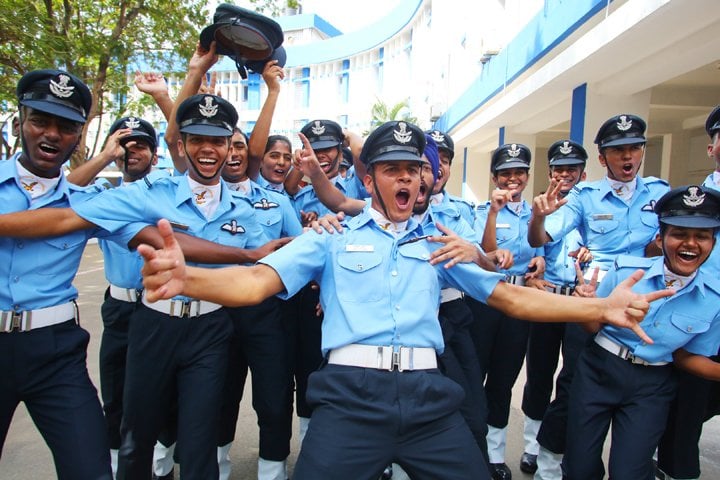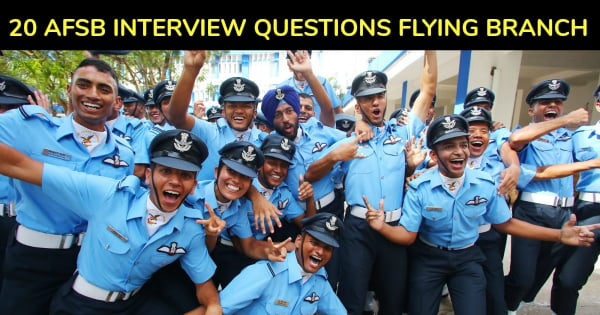Every year on December 4, India honors Indian Navy Day, a celebration rooted in the Navy’s successful operation against Karachi Port during the 1971 conflict. This day serves as a reminder of the significant role the Indian Navy plays in securing the nation’s maritime borders, inspiring many young individuals to pursue careers within its ranks.
Ranked as the seventh most powerful navy globally, the Indian Navy is recognized for providing diverse and fulfilling career opportunities. Aspiring naval officers have various pathways to enlist after completing their Class 12 education, facilitating entrance into one of the armed forces renowned for its commitment to upholding national security.
One primary route for aspiring naval personnel is the National Defence Academy (NDA) examination, conducted by the Union Public Service Commission (UPSC) twice a year. The NDA exam invites candidates aged between 16.5 and 19, who must have completed their Class 12 education with subjects in Physics, Chemistry, and Mathematics. After successfully passing the written examination, candidates progress to the Services Selection Board (SSB) interview, which assesses their suitability for officer training.
Alternatively, candidates can explore the 10+2 BTech Cadet Entry Scheme. This programme is tailored for those who achieve impressive scores in the JEE Main examination. Successful candidates embark on a rigorous four-year training regimen at the Indian Naval Academy in Ezhimala, Kerala. Upon completion, they attain the rank of officer in the Navy, along with a BTech degree. Candidates wishing to pursue this route must have completed their Class 12 with at least 70% marks in Physics, Chemistry, and Mathematics, and must secure a qualifying rank in JEE Main to be considered for the SSB interview process.
Younger applicants also have the option to join the Navy through the Agniveer scheme, recently introduced by the central government. This entry pathway is open to candidates between the ages of 17.5 and 21 years who have achieved a minimum of 50% in their Class 12 examinations, specifically in Mathematics and Physics. Notably, this opportunity also extends to students currently appearing for their Class 12 exams, making it an accessible route for many.
Another avenue for entering the Indian Navy is through the Indian Navy Entrance Test (INET), designed for those seeking either a permanent or short service commission. The INET is held twice a year, and applicants can easily access the application process online via the official Indian Navy recruitment website. Following a successful performance on the written examination, candidates are invited to partake in the SSB interview, marking another critical step toward a career in the Navy.
In summary, Indian Navy Day not only commemorates a significant historical victory but also serves as an invitation for the youth of India to consider a future where they can serve their country on the high seas. With multiple pathways to enlistment, including the NDA exam, 10+2 BTech Cadet Entry Scheme, Agniveer, and INET opportunities, the Indian Navy continues to attract those eager to embark on a rewarding career in defense.






